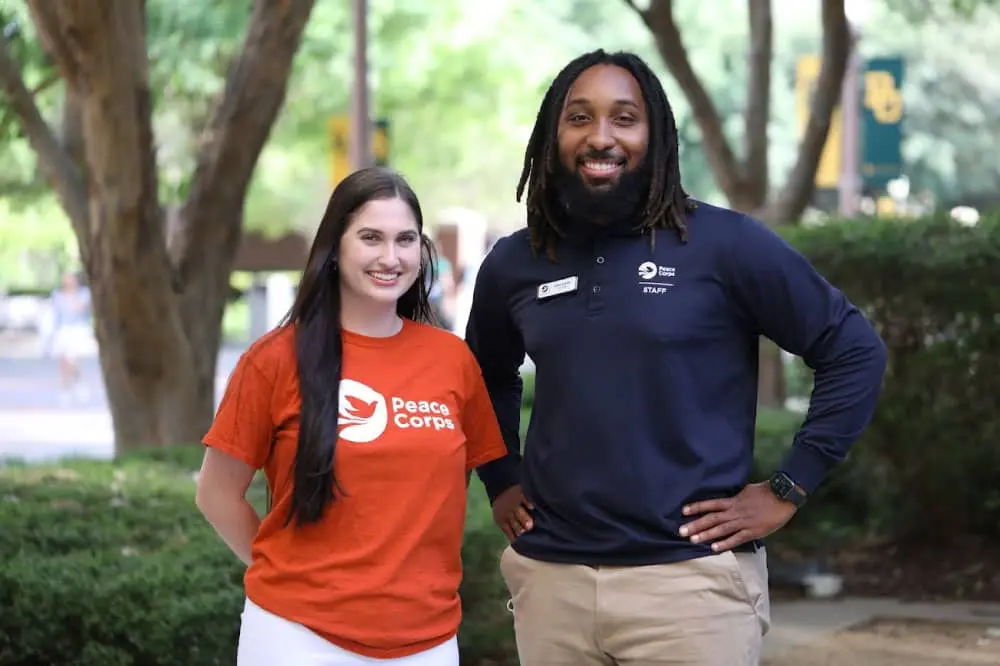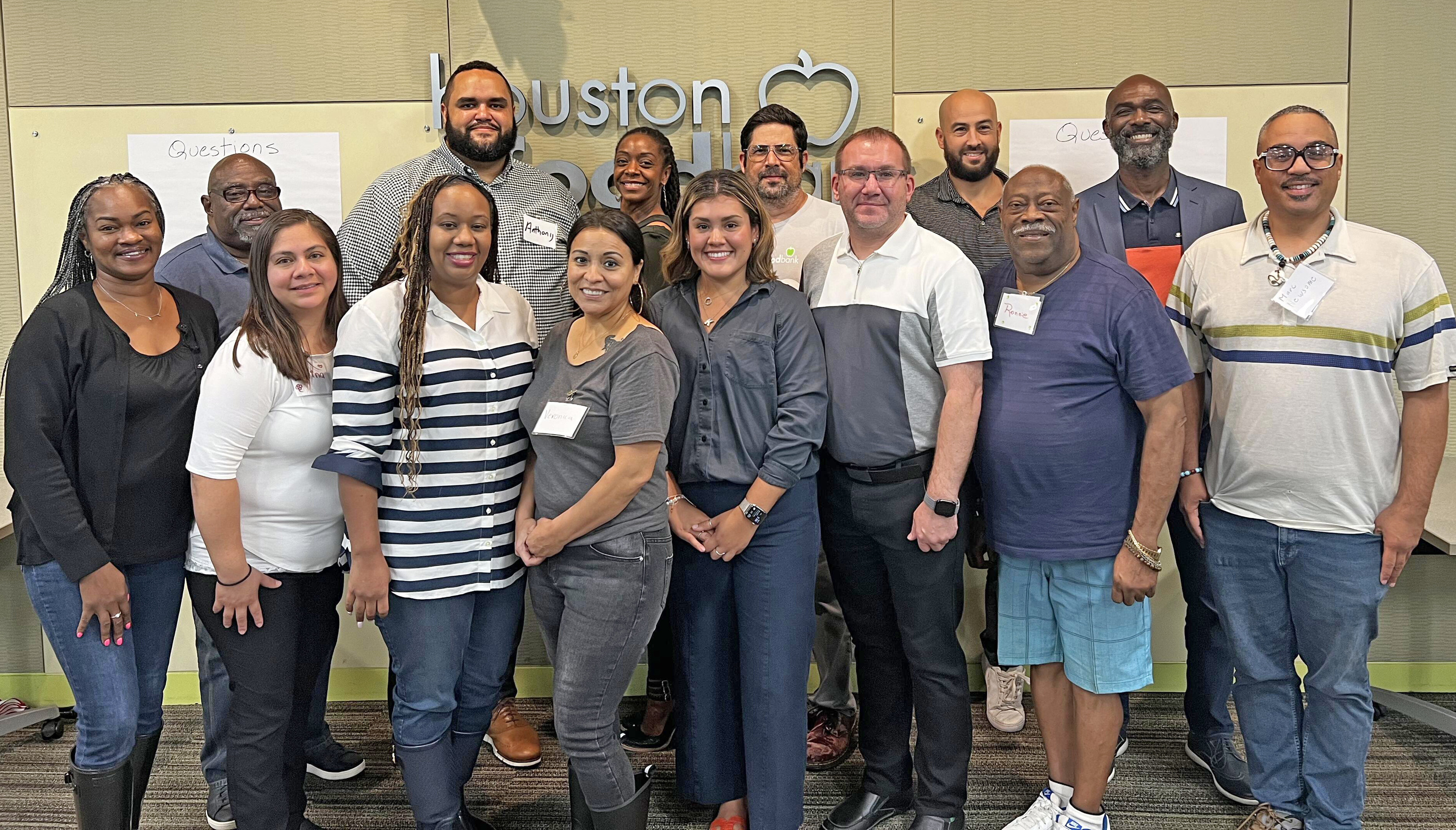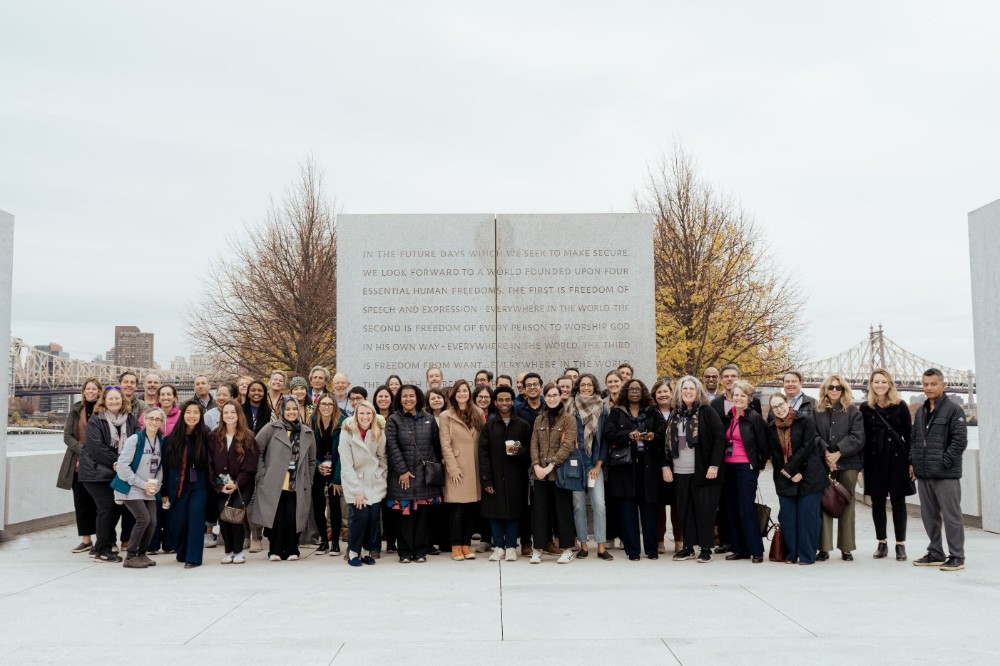Jonathan Gruber -
Oct 28, 2024
A Framework to Strengthen Community Connection
A Framework to Strengthen Community Connection

When Einhorn Collaborative published A Call to Connection: Rediscovering the Transformative Power of Relationships in 2022, culture change was the prevailing frame for our social connection work. We have long supported nonprofit-led efforts to spread norms, practices, and narratives that help build a culture that values and fosters healthy connection. That remains core to our strategy.
In the past few years, we have also widened the aperture. Loneliness and isolation – and experiences of connection – play out at the individual level but are shaped by larger structural forces: by institutions we interact with, companies whose products we use, and policies that have bearing on our everyday lives. So, while we can each take steps to strengthen our relational muscles and invest in connection, structural solutions are needed, too.
As Surgeon General Vivek Murthy put it in his recent advisory on loneliness and isolation, we need a “a whole-of-society approach to advancing social connection.” We have taken up that charge by supporting a variety of efforts that span sectors.
That includes projects like Team Up to enlist large national civic organizations with a presence in local communities to help people build connection across difference through service. It also includes research groups like Building H to measure the impact of products on consumers’ health and urge companies to do better to improve social connection and other health outcomes. And we partner on initiatives like Human Connections.AI to bring together social connection experts with technologists to puzzle through how AI companions can be designed to enhance and not degrade human relationships.
Another project that has helped us explore a facet of the whole-of-society approach is the Connective Tissue Framework. Connective Tissue puts forward a range of recommendations for how government – especially at the local level – can create the structural conditions and everyday opportunities for people to experience healthy connection. The report is both aspirational and practical, sweeping in its scope and particular in the leverage points where policy can make a difference.
I recently sat down with Sam Pressler, the lead author of Connective Tissue, to ask him about the story behind the project and to share a few highlights from the report.
Jon: Why did you decide to develop the Connective Tissue framework? What surprised you in your research?
Sam: We are in a new wave of communitarianism and policymakers are starting to take note. These policymakers are recognizing that the root problem underpinning so many of the major issues in America today — from democratic backsliding to declining life expectancy and deaths of despair to economic inequality and immobility — is weakening our civic and social lives. As I write in the intro to the framework, “Policymakers are beginning to realize that the antidote to isolation is connection, the antidote to distrust is participation, and the antidote to individualism is solidarity.”
But it’s easier to define the problem than it is to answer questions like: “What should the role of government be in strengthening connection within communities?” “What are the government’s limits?” “Where should policymakers actually begin?” These are big, complicated questions. And I found that the messiness of these questions led many policymakers to either take no policy action or act in a piecemeal, incohesive, and disconnected manner.
We created this policy framework on the premise that the institutions of American life can be structurally transformed to strengthen connection within communities — and government can be an enabler of this change. Our hope is that this framework provides policymakers with an organized, actionable on-ramp for connection-focused policymaking. But it’s far from a panacea; rather, we hope readers view the framework as a starting point that can be challenged, deepened, and built upon.
Some recommendations you feature are already being implemented, others are more aspirational. What are 1-2 recommendations you’d highlight that speak to the ambition and creativity of what’s possible?
We are in the midst of a housing affordability crisis. It’s one of the few areas where there is bipartisan consensus that policy action needs to be taken. But, so far, the emphasis of policymakers has been on the material. “How can we build more supply?” “How can we bring down costs?” I don’t disagree with any of this, but it misses the role that our housing and neighborhoods play in influencing the third places we frequent, the groups we join, and the people with whom we interact and cultivate relationships.
In the framework, we highlight that policymakers can also prioritize the social, reimagining our neighborhoods as, “places for participation not withdrawal, connection not isolation, bridging not sorting.” In practice, this involves promoting housing policies that can create more mixed-income communities (e.g., zoning reform, social housing) and activating neighborhoods to become platforms for cooperation and connection. Specifically, we highlight the role of more microgrants for neighborhood programs (e.g., block parties, barbeques and dinners, block clean-ups), more communal micro-spaces in neighborhoods for people to gather (e.g., micro-parks and gardens, micro-pubs and cafes), and more neighborhood-level leadership and coordination. It’s this combination of building more mixed-income neighborhoods and bringing these neighborhoods to life that has the potential to meaningfully improve participation and connectedness.
What’s your advice for readers – regardless of their roles – who want to implement more social connection strategies in their work?
To start, I’d encourage everyone to read the framework. It’s chock full of actionable strategies. But in the spirit of providing practical guidance for doers, here’s one thing that policymakers, practitioners, and neighbors can each do to strengthen connection in their communities:
- Policymakers can identify an existing policy priority and incorporate a connection lens into the design and implementation of it. For instance, state-level policymakers committed to creating service opportunities for young adults can integrate connection as a core part of the program like hosting workshops that help facilitate connection across difference. Policymakers don’t need to start by building an entire policy portfolio centered on connection; rather, they can draw on their existing priorities as entry points to layer in connection strategies.
- Community-building practitioners can seek to better align their revenue and governance models with the communities they serve. This one may be counterintuitive since it’s not directly focused on connection. But with civic life shifting from “membership to management,” as Theda Skocpol has written, it has siloed community groups from one another, created competition over scarce resources, and led to the prioritization of donor needs over member needs. This has weakened the connective tissue within community groups and across civic life. More aligned business and governance models can create a more connected civic life.
- Neighbors can take simple steps to make their communities more welcoming to new residents. They can develop welcome kits for newcomers, providing their neighbors with helpful resources to get involved. They can host neighborhood welcoming dinners and other welcoming events, like Warm Cookies of the Revolution has done in Aurora, CO. They can partner with local government and community groups to host orientations and activities fairs. Many of these ideas are featured in the policy framework, but they could just as easily be driven by neighbors.
Jon Gruber leads Einhorn Collaborative’s Building strategy. Learn more about our work in Building and more about Jon. Sign up to receive our monthly newsletter and be the first to read Jon’s blog posts.





